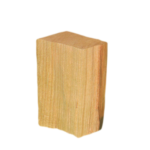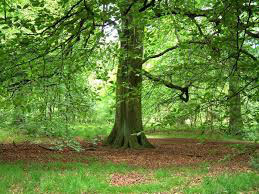Wed 13 Feb 2019
HEAT RESISTANT FOOTWEAR- SHOES TO WEAR AROUND YOUR GRILL
Posted by DrSmokeRead other related stories: Cooking With Wood , General Smoking Information
No Comments
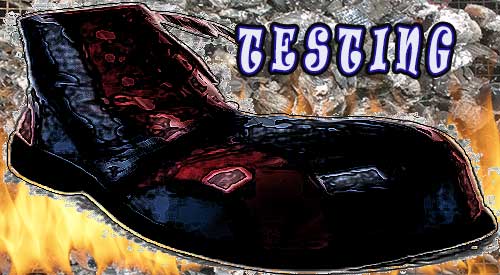
Your BBQ shoes for safety is as important as comfort!
“Wear heat resistant footwear!” how to protect your feet around hot embers!

I remember a particular year, I believe it was 2007, when my Culinary Events Crew traveled to 29 of the 50 states in the US and 4 provinces of Canada. I felt like I never slept in my own bed and constantly was repacking the suitcase with clothing suitable for the area we would be traveling to.
That was the year I lost my favorite lace up/zipper ankle boots to the fire.
Not literally burning in a fire but from repeated exposure to hot, stray coals that are common when you engage in wood fired cooking. I was constantly stepping on these stray embers and this consistency lead to me putting more than one hole in my favorite boots.
It was a lesson well learned and one I want to pass on to you to bring home the point for heat resistant footwear!
Don’t Be Surprised
Just as your educated that the standard oven mitt won’t cut it when your dealing with excessive heat levels in metal equipment commonly used for wood fired cooking, the same holds true for your footwear. When working around chimney starters that spit and shoot hot sparks of scalding coals and water pans that hold 212°F water, flip flops are not the ideal choice in footwear. Unlike the professional kitchen where Chef’s clogs are the ideal to prevent slips and falls on the constantly wet floors as well as to keep your tootsies comfortable when on your feet 15 hours a day, cooking with fire takes some thought for heat resistant footwear practicality.
That led me to look at options in footwear designed for safety, specifically fire safety.

Indestructible® Shoes- Heat Resistant Footwear
We run a factory operation at SmokinLicious®, which means we have strict policy when it comes to personal protective equipment or PPE. That includes policy on heat resistant footwear that also specifies the need for steel toed footwear.
Over the course of a decade, safety footwear has seen a metamorphosis in style, comfort level, and level of protection. Gone are the days of limited color options and welcome the new days of vibrant patterns and even height options on the boot cuff. I was particularly intrigued with a relatively new shoe on the market called the Indestructible® Shoes.
Not only are the shoes stylish, but they offer features many other work shoes can’t match. Like the steel toed cap that cannot be penetrated by nails, saw blades, and weight (see the very impressive videos on these tests). With a shockproof midsole, these are also a work shoe that can be worn for hours.
But given that we work around a lot of extremely hot fires that emit stray coals, we wanted to ensure that the anti-slip rubber soles would not only protect you from slips but also from the penetrating heat of hot coals and embers. That led us to conduct our own tolerance testing for the right heat resistant footwear.
The Test for Heat Resistant Footwear
After firing up the charwood production oven and running a full day of production, we removed hot embers from the oven that had a heat temperature of nearly 1000°F. Our controlled testing included establishing a coal bed within an aluminum foil pan since aluminum is a great medium for radiating heat. We also elected to test the shoe without weight bearing so note that we cannot speak on this parameter, merely the shoes’ outer sole tested on high heat without weighted pressure from a wearer.
There were three levels of testing: 30 seconds, 60 seconds, and 90 seconds which in our opinion, simulated the length of time a person would stand stationary at a high fire or cooker. Following each test, the shoe was placed in snow with an ambient temperature of 30°F. We also alternated shoes between tests to ensure no carryover temperature of significance factored in to the stability of each test level.



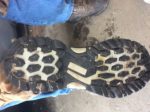


Results- Heat Resistant Footwear
At all three test levels, the Indestructible® Shoes performed brilliantly. Although there is an obvious odor of the heated rubber, it is not considered excessively dangerous. Keep in mind, the thermodynamics of heating rubber results in the rubber shrinking not expanding with heat like other materials. This is due to the molecules of the rubber becoming disordered unlike when they are at a normal temperature which results in the molecules becoming less disordered (i.e. entropy/isothermal).
There was minimal discoloration to the lightest coloring of the rubber sole which is a reaction of the rubber’s cells and the carbon in the combusted material.
Overall the Indestructible® Shoes proved to be a great option for those who work with live fire and hot coals for cooking. Between the steel-toe and the thick rubber outer sole, as well the shock-proof inner sole, these are an option in footwear for the barbecue and live-fire cooking enthusiast, whether amateur or professional, in protective heat resistant footwear that is comfortable, long-wearing and fashionable.
You can find the Indestructible® Shoes at: https://indestructibleshoes.com/
What is your favorite footwear when you barbecue? Leave us a comment to share your views. Bringing you informative recipes, techniques, and the science beyond the fire, smoke, and flavor. That’s SmokinLicious®!

More related reading on how Smokinlicious® is committed to reducing risks in all aspects of wood cooking including and beyond pitching for heat resistant footwear.
Related reading:
-Outdoor kitchen location tips
-Does Outdoor Kitchen Stainless Steel Rust
-10 TIPS FOR GRILLING SAFETY
-COOKING WITH WOOD YOU SHOULDN’T HAVE TO THINK ABOUT YOUR SAFETY

Dr. Smoke- testing heat resistant footwear for your safety!
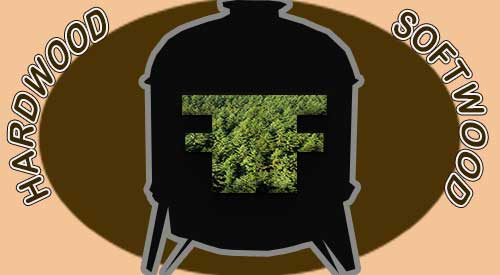
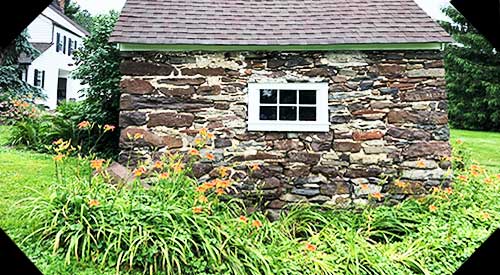
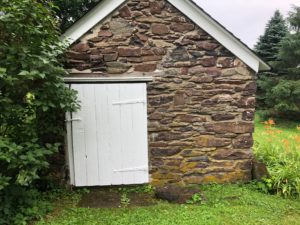

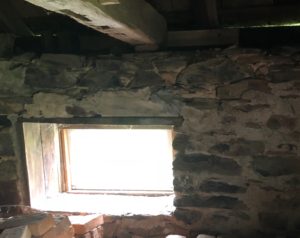
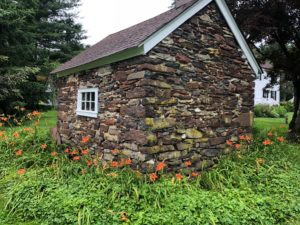






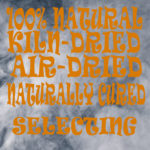
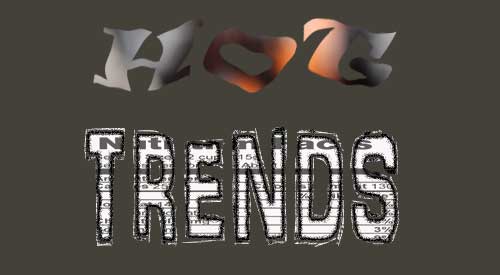
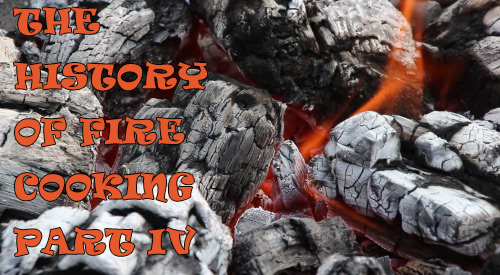

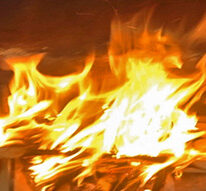
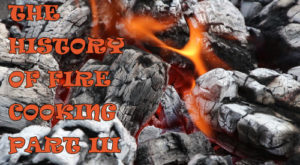
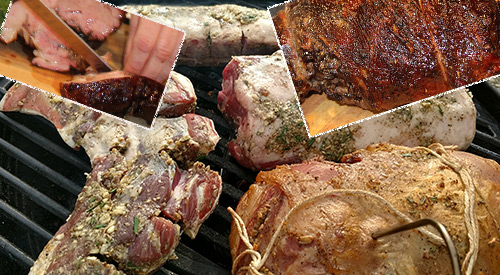


 nutmeg and topped with a crisped sage leave and touch of maple syrup. My favorite part of this dish was its serving bowl – a charred mini white gourd. By retaining the top of the gourd, you can ensure that the soup stays hot until its placed in front of the guest. Each gourd was hand cut and charred to ensure no off flavors transferred from the gourd to the soup. Just a perfect vessel for this scrumptious soup.
nutmeg and topped with a crisped sage leave and touch of maple syrup. My favorite part of this dish was its serving bowl – a charred mini white gourd. By retaining the top of the gourd, you can ensure that the soup stays hot until its placed in front of the guest. Each gourd was hand cut and charred to ensure no off flavors transferred from the gourd to the soup. Just a perfect vessel for this scrumptious soup. Now, it’s time for the main course – course number five! First came the proteins. We produced a wood-fired leg of lamb and lamb rib loins cooked over charwood, ash, sugar maple, and wild cherry wood chunks. The wood-fired cooking offered a fabulous color to the meat.
Now, it’s time for the main course – course number five! First came the proteins. We produced a wood-fired leg of lamb and lamb rib loins cooked over charwood, ash, sugar maple, and wild cherry wood chunks. The wood-fired cooking offered a fabulous color to the meat. the perfect end to a fantastic evening.
the perfect end to a fantastic evening.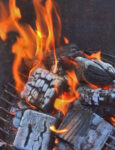

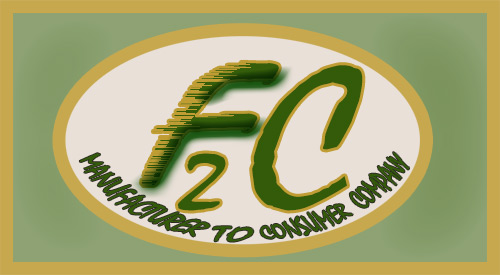
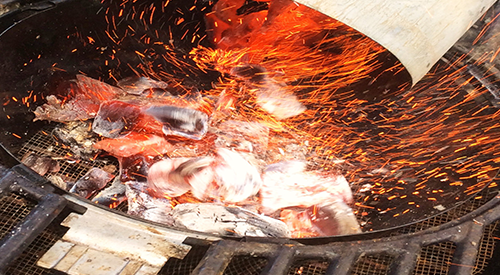
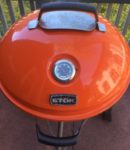 The Kettle Grill
The Kettle Grill